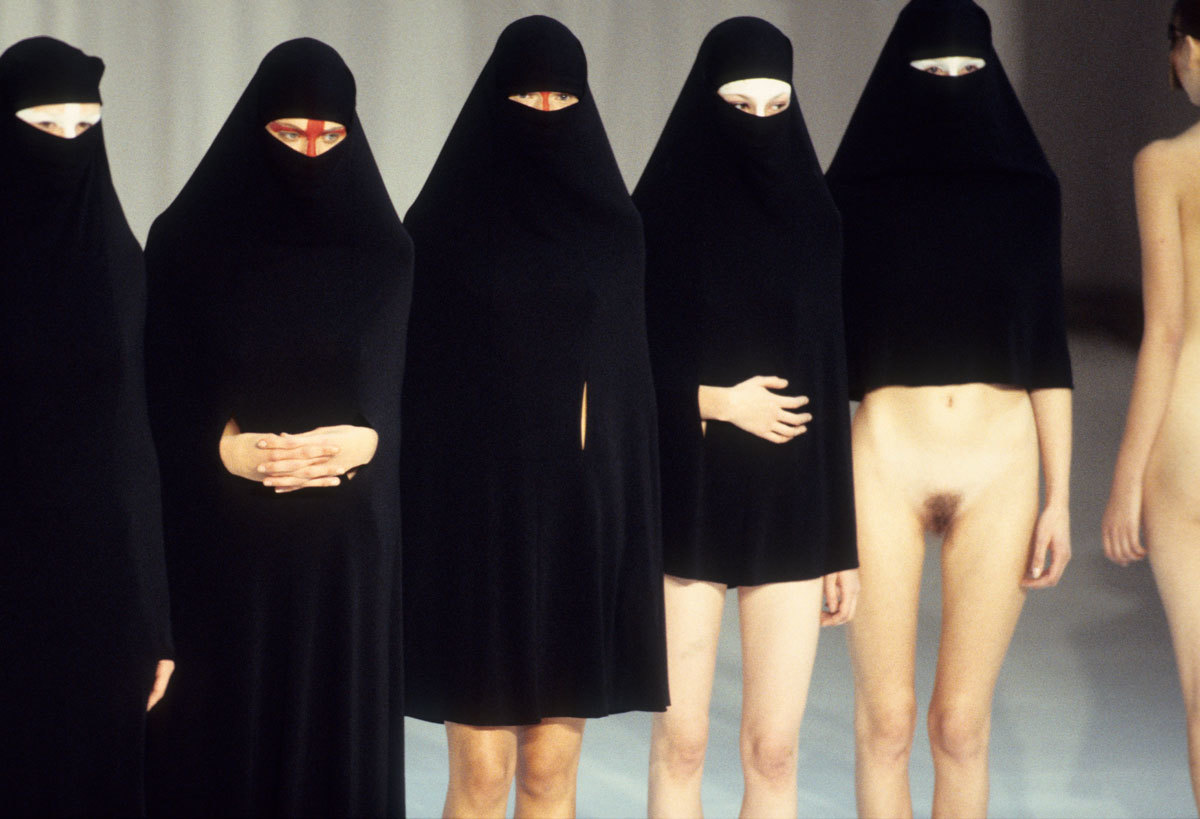From Hussein Chalayan’s high art hijab-wearing nudes, to Thom Browne’s saucy skirt-wearing soldiers, the performance art spectacles of Alexander McQueen and the lavish beauty of Chanel haute couture, catwalks come and go, but some legends lasts forever. In recent years, blockbuster productions have redefined the humble catwalk show, transforming it into a form of heightened creativity and even entertainment. Its cultural significance aligns with that of the clothes.

In the early days you had to be there to fully appreciate it: the lights, the scale, the set, the music, the movement of the models, and the physicality of the clothes. But once again, the paradigm is shifting with the evolution of social media. In an age where the future of the fashion show is being called into question, now has never been a better moment to celebrate its colorful past, which renowned editor Alix Browne does in her new tome, RUNWAY: The Spectacle of Fashion.
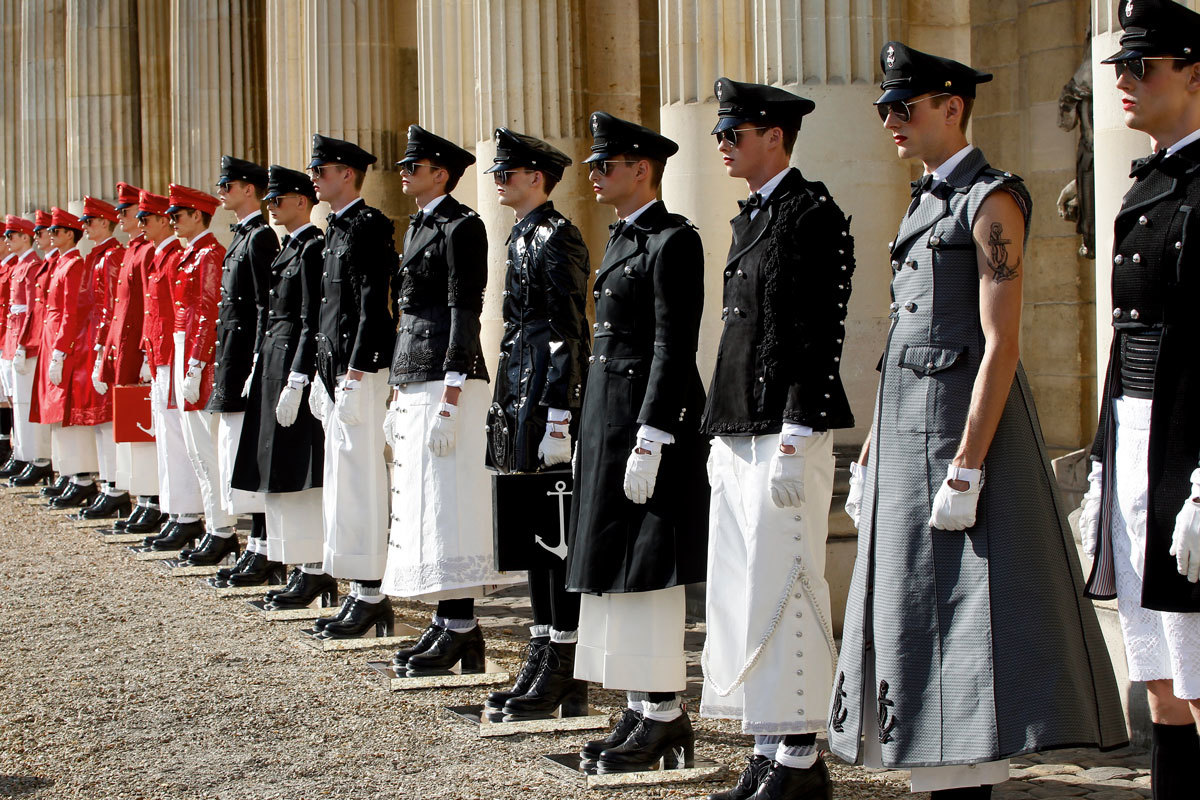
“Fashion is nothing if not an act of showmanship,” Browne writes. “A designer doesn’t simply generate a new collection with each successive season: He or she creates a context, a rationale, a desire.” In this sense, “The fashion show is a coherent act of creativity that separates those who have something compelling to say — about women, about men, about the world — from those who make nice things for people to wear. It is a moment of truth.”
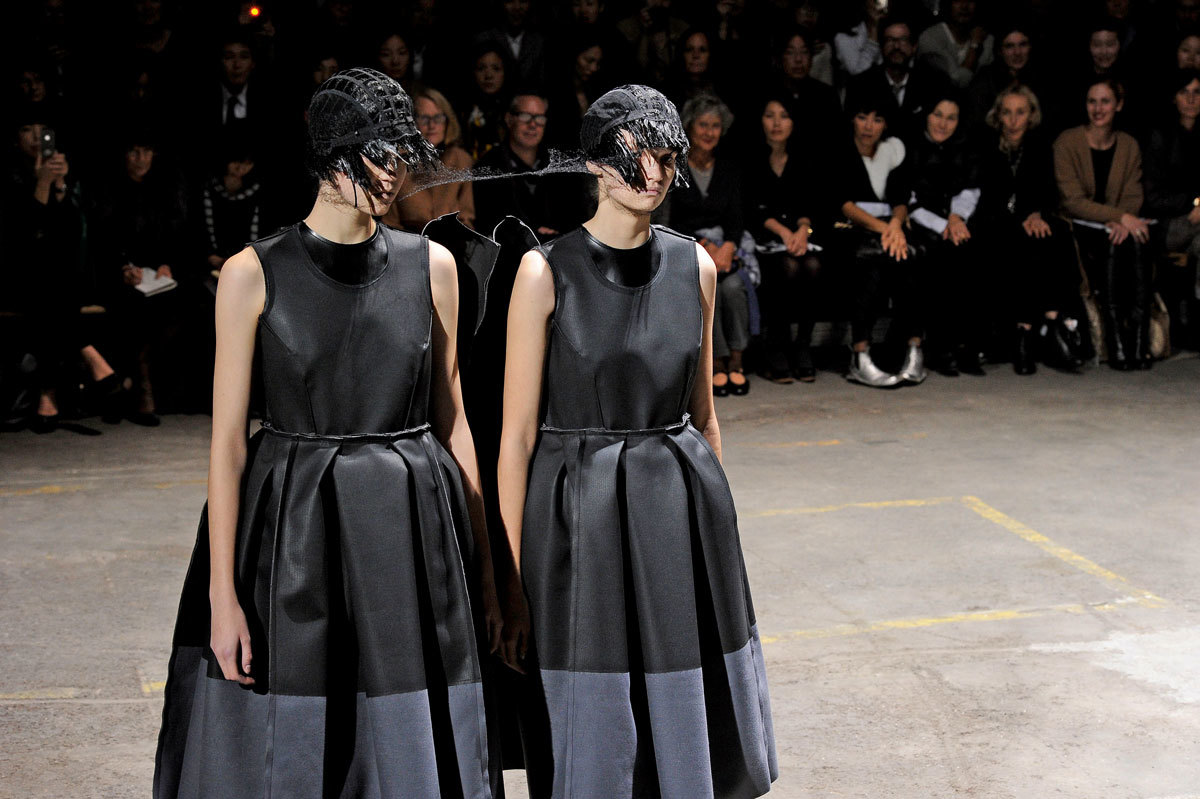
Dating back to the Pre-Snapchat days — when the ultimate realization of a designer’s vision wasn’t just condensed into a two second story, and when the show’s magic wasn’t lost on those viewing it through an iPhone — RUNWAY is a compilation of intimate Polaroids, never before seen backstage shots, runway images, and first-hand accounts of some of the most iconic shows in runway history. Here we take a sneak peek below. Lights, camera, runway.
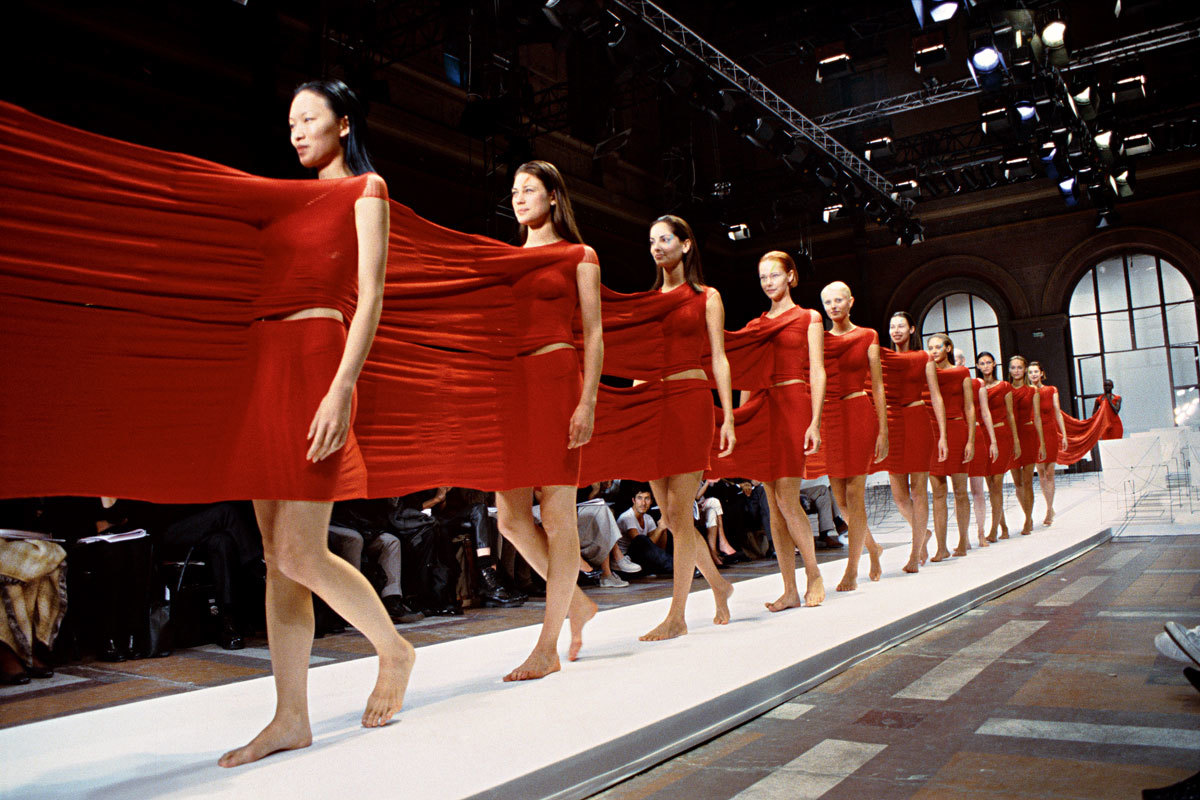

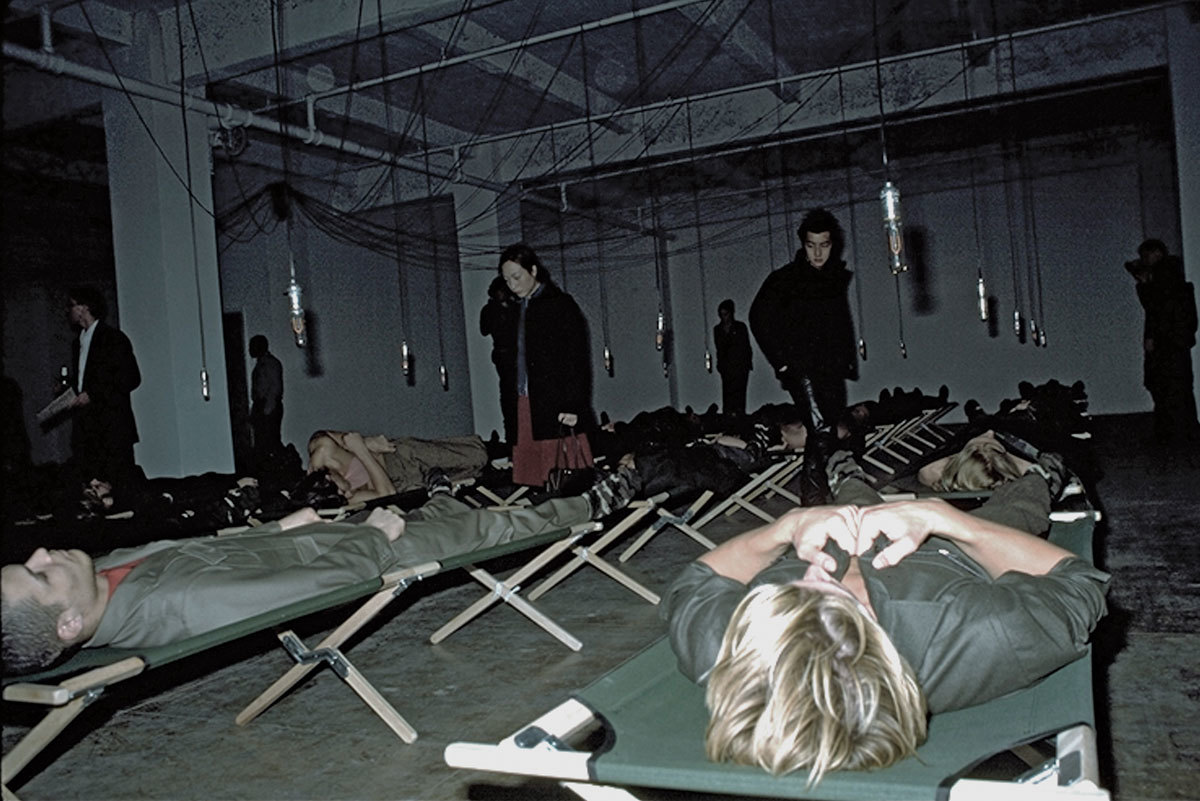
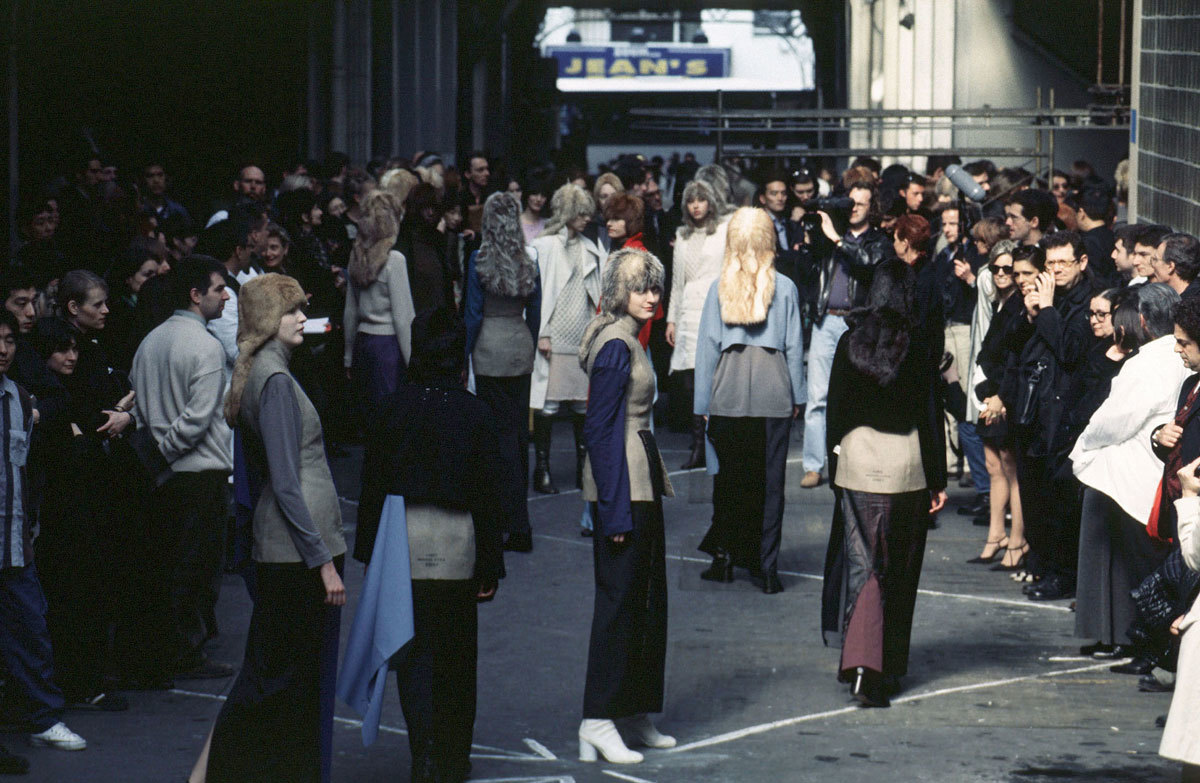
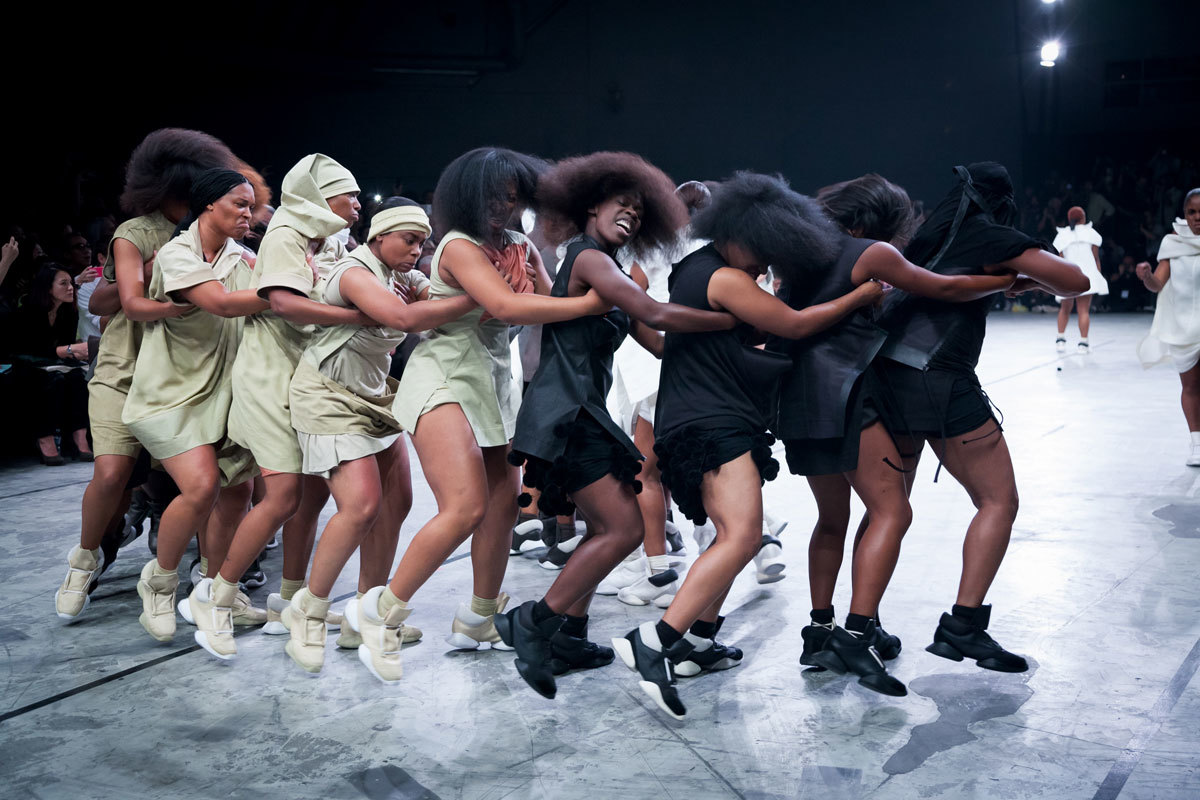
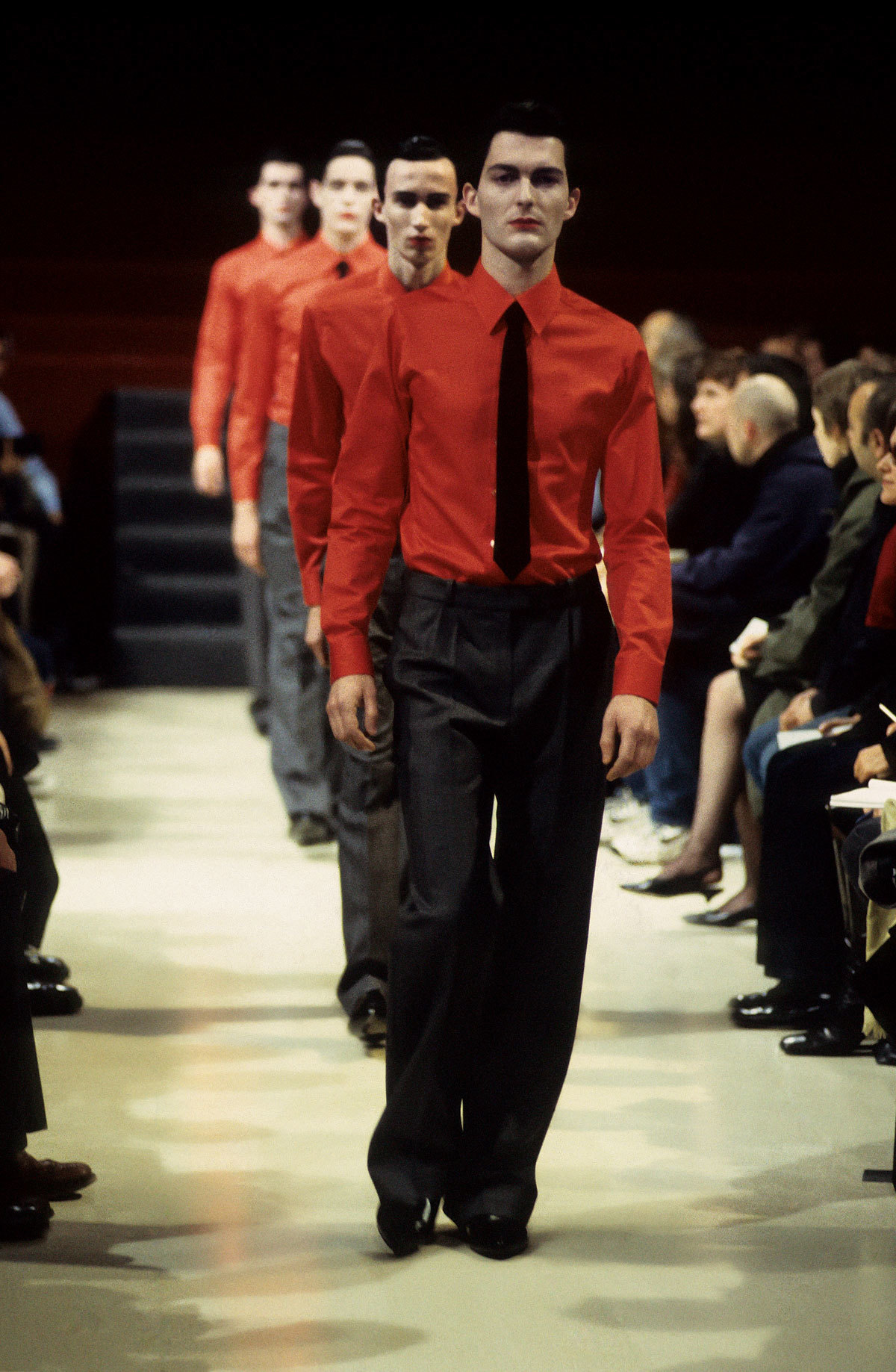
Credits
Text Tish Weinstock
